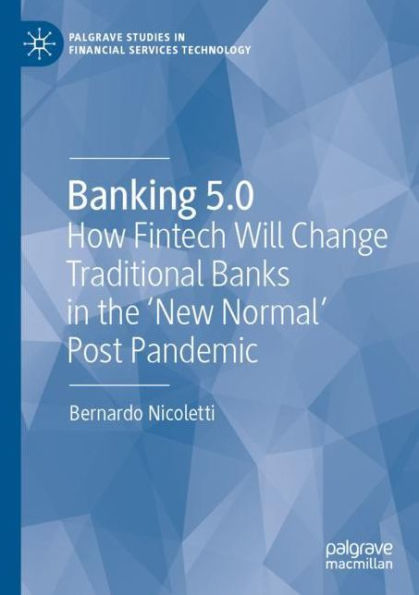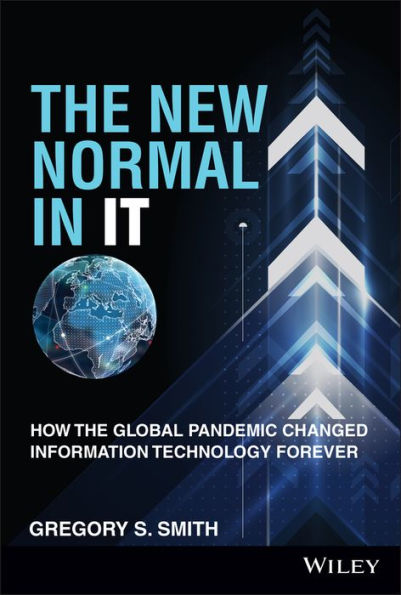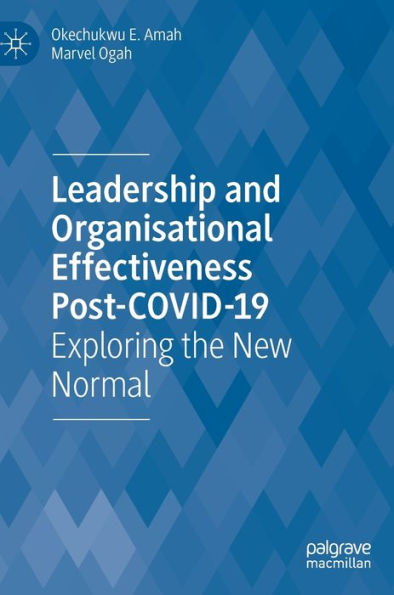Home
Banking 5.0: How Fintech Will Change Traditional Banks the 'New Normal' Post Pandemic
Barnes and Noble
Banking 5.0: How Fintech Will Change Traditional Banks the 'New Normal' Post Pandemic
Current price: $179.99


Barnes and Noble
Banking 5.0: How Fintech Will Change Traditional Banks the 'New Normal' Post Pandemic
Current price: $179.99
Size: Hardcover
Loading Inventory...
*Product information may vary - to confirm product availability, pricing, shipping and return information please contact Barnes and Noble
Bill Gates’ quote, “Banking is necessary, but banks are not,” showcases the opportunity for financial services digital transformation. The next transition from industry 4.0 to 5.0 will impact all sectors, including banking. It will combine information technology and automation, based on artificial intelligence, person-robot collaboration, and sustainability. It is time to analyze this transformation in banking deeply, so that the sector can adequately change to the ‘New Normal’ and a wholly modified banking model can be properly embedded in the business.
This book presents a conceptual model of banking 5.0, detailing its implementation in processes, platforms, people, and partnerships of financial services organizations companies. The last part of the book is then dedicated to future developments. Of interest to academics, researchers, and professionals in banking, financial technology, and financial services, this book also includes business cases in financial services.
This book presents a conceptual model of banking 5.0, detailing its implementation in processes, platforms, people, and partnerships of financial services organizations companies. The last part of the book is then dedicated to future developments. Of interest to academics, researchers, and professionals in banking, financial technology, and financial services, this book also includes business cases in financial services.
















